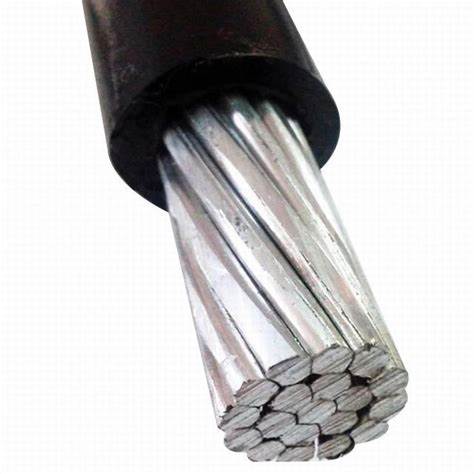In the vast landscape of modern technology, where towering skyscrapers shimmer with lights and devices whir to life with a mere flick of a switch, Power cable exists an invisible yet vital thread connecting it all—power cables.
These unassuming yet remarkable conductors form the backbone of our electricity distribution system, silently carrying the lifeblood of energy that keeps our world humming.
Power cables , simply put, are insulated wires designed to transmit electrical energy from one point to another safely and efficiently.
They come in various sizes, shapes, and insulation materials, tailored to suit different applications, from low-voltage home wiring to high-voltage transmission lines spanning continents.
At the core of every power cable lies a conductor—the metal that actually carries the electrical current. Copper and aluminum are the most commonly used conductors due to their high electrical conductivity, ductility (ability to be bent without breaking), and relatively low cost .
The choice between copper and aluminum often depends on the specific requirements of the installation, with copper being preferred for its superior conductivity and resistance to corrosion, while aluminum offers a more cost-effective solution for large-scale projects.
Surrounding the conductor is a layer of insulation, which serves as a barrier between the live wire and its surroundings.
This insulation not only prevents electrical shocks but also minimizes energy losses due to resistance heating.
Common insulation materials include PVC (Polyvinyl Chloride), XLPE (Cross-Linked Polyethylene), and rubber, each chosen for its unique properties such as durability, resistance to heat and moisture, and flexibility.
For additional safety, especially in high-voltage applications, Its often features a shielding layer.
This can be in the form of a metallic tape or braid that serves to protect the insulation from damage and to minimize electromagnetic interference (EMI).
In some In cases, a protective jacket made of robust materials like polyethylene or PVC is added on top of the shielding, providing further mechanical protection and environmental resistance.
As we move from domestic wiring to larger-scale electricity transmission, It becomes even more impressive feats of engineering.
High-voltage transmission lines, often towering above the landscape on steel towers, carry electricity over long distances with minimal energy loss.
These cables must withstand extreme weather conditions, including high winds, ice storms, and lightning strikes, making their design and construction a complex endeavor.
As technology evolves, so too do power cables. Advances in materials science are leading to the development of new insulation materials that can withstand higher temperatures and voltages, improving efficiency and reducing energy losses.
Research into superconducting materials, which offer zero electrical resistance at certain temperatures, holds the promise of revolutionary power transmission, enabling even longer distances with virtually no loss of energy.

This may not be the flashiest aspect of our technological world, but they are undeniably its lifeblood.
From the humble lightbulb in your bedroom to the bustling metropolis that never sleeps, these unsung heroes silently work around the clock, ensuring that the flow of electricity never falters.
As we continue to push the boundaries of what is possible, It will continue to evolve, enabling a brighter, more connected future for all.